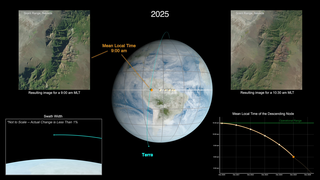Earth
ID: 4938
Terra has consistently orbited Earth from pole to pole for over twenty years, collecting important data about Earth’s systems. Crossing the equator at 10:30 am mean local time allowed Terra’s five instruments to collect consistent, simultaneous data, important to Earth’s systems research and applications. In 2020, Terra completed its final inclination maneuver, using some of its limited fuel supply, to maintain that crossing time.
Since that final inclination maneuver, Terra has continuously drifted to an earlier equatorial crossing time. By the Fall of 2022, Terra’s crossing time will be earlier than 10:15 am. To ensure Terra, with limited fuel supplies, is a safe distance from other missions in the Earth Observing Satellite constellation orbit, Terra will be lowered to a new orbit, where it will be able to collect valuable data at an even earlier crossing time.
As Terra’s crossing time creeps earlier, small changes will be noticeable in the data and imagery collected by the instruments aboard Terra. Evidence in imagery of the earlier crossing time will be visible as longer shadows, especially in mountain landscapes. Meanwhile as Terra moves closer to Earth, the sensors’ views will become narrower leading to slightly smaller swath widths (less than 1% smaller). The effect will be most noticeable in ASTER imagery, but each of Terra’s sensors will be affected. However, the impact on science is expected to be minimal. In fact, some impacts could prove beneficial to some areas of research, like land morphology, surface temperature, and climate research.
Terra’s lengthy legacy of more than two decades of data will continue to contribute to meaningful research of Earth’s Systems science for years to come.
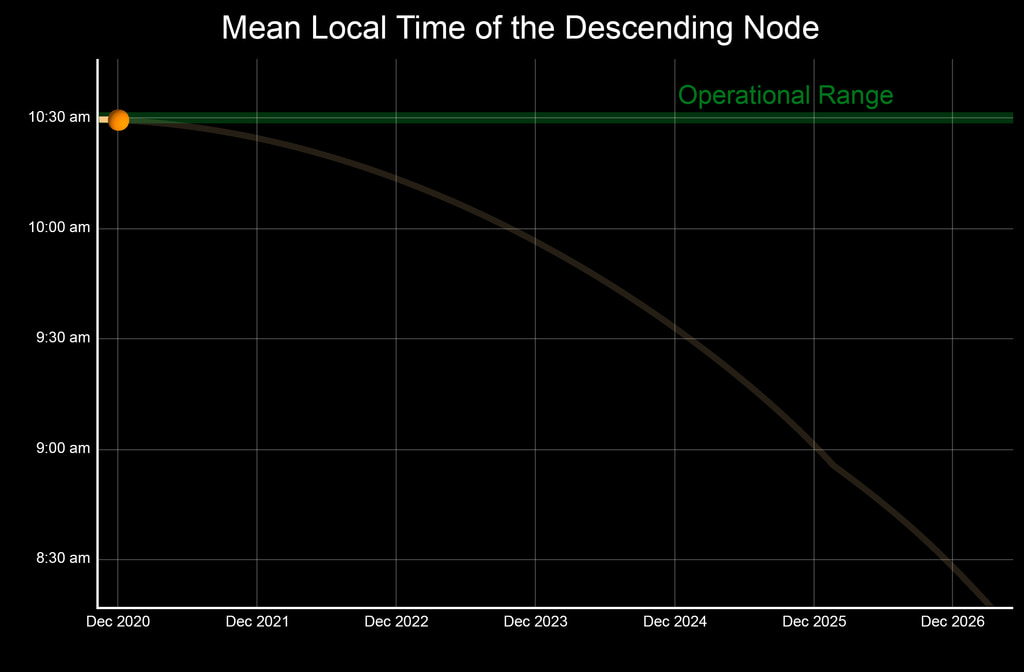
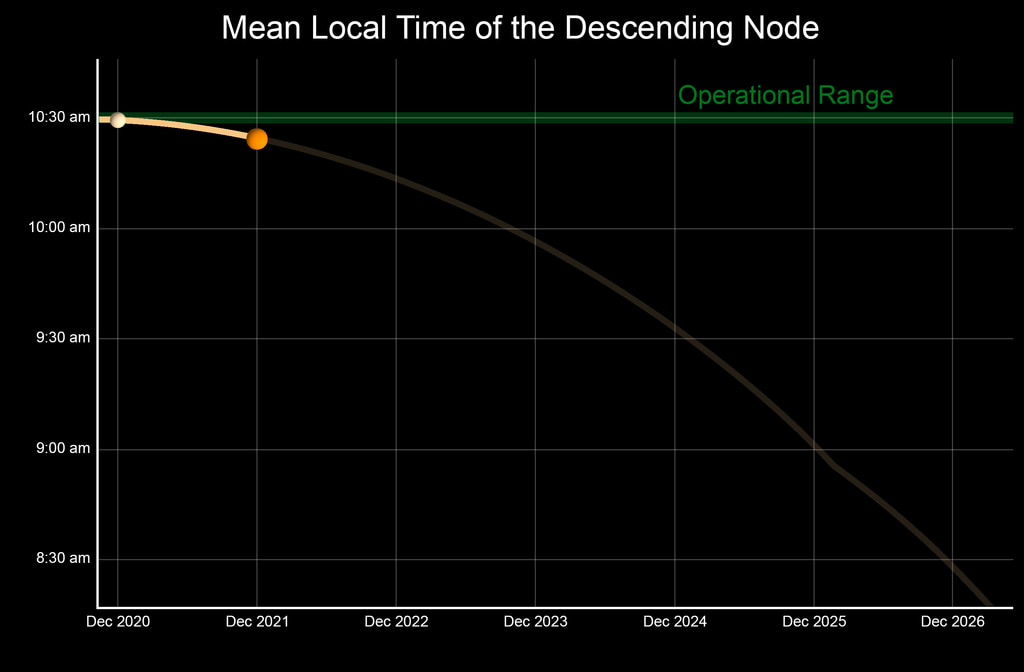

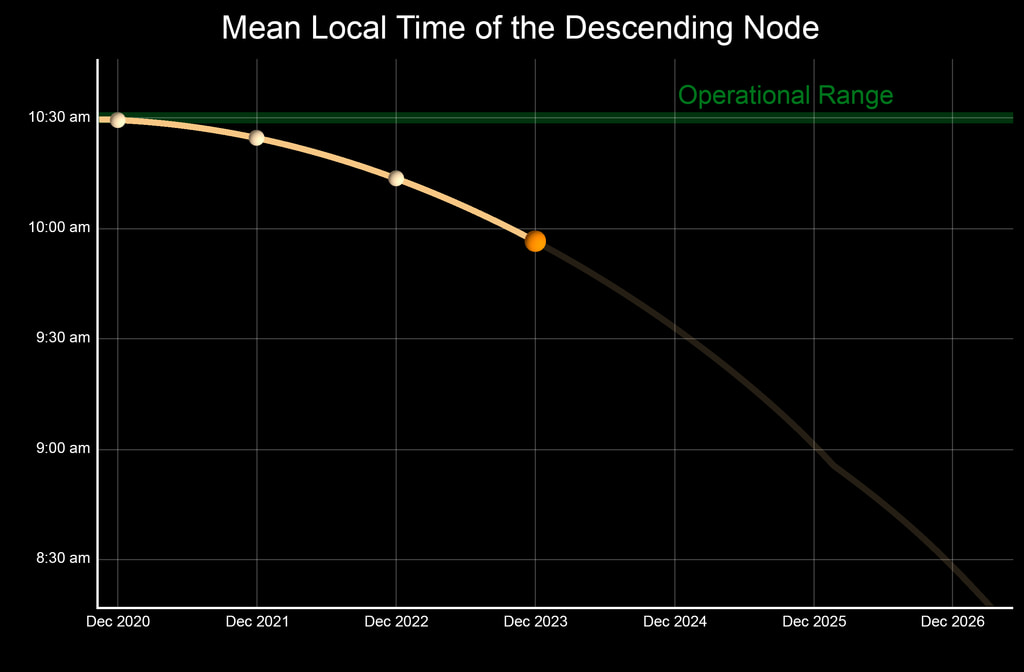

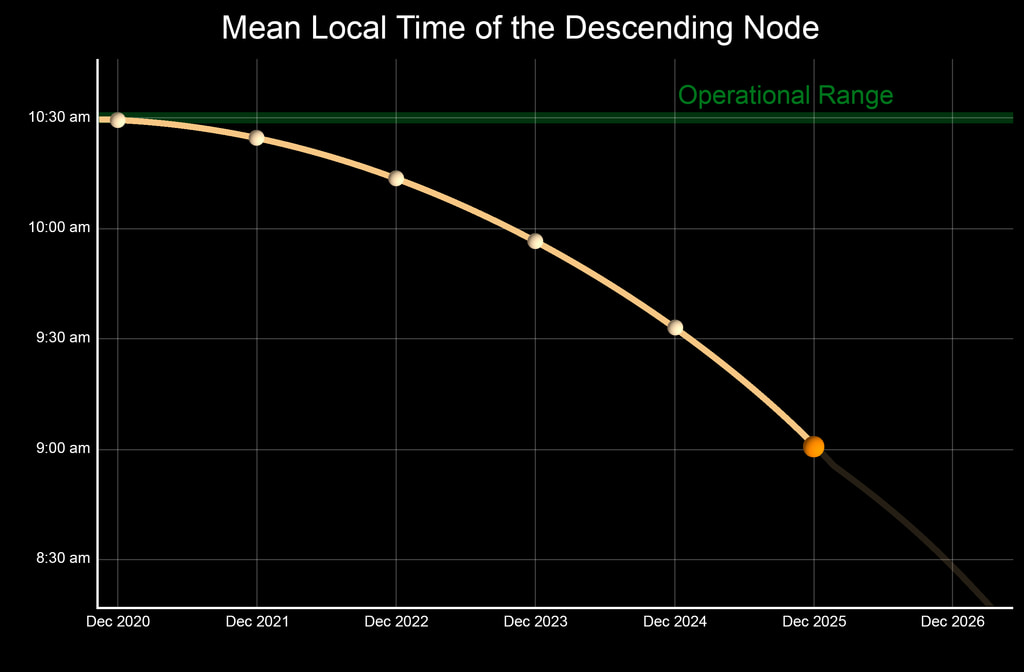
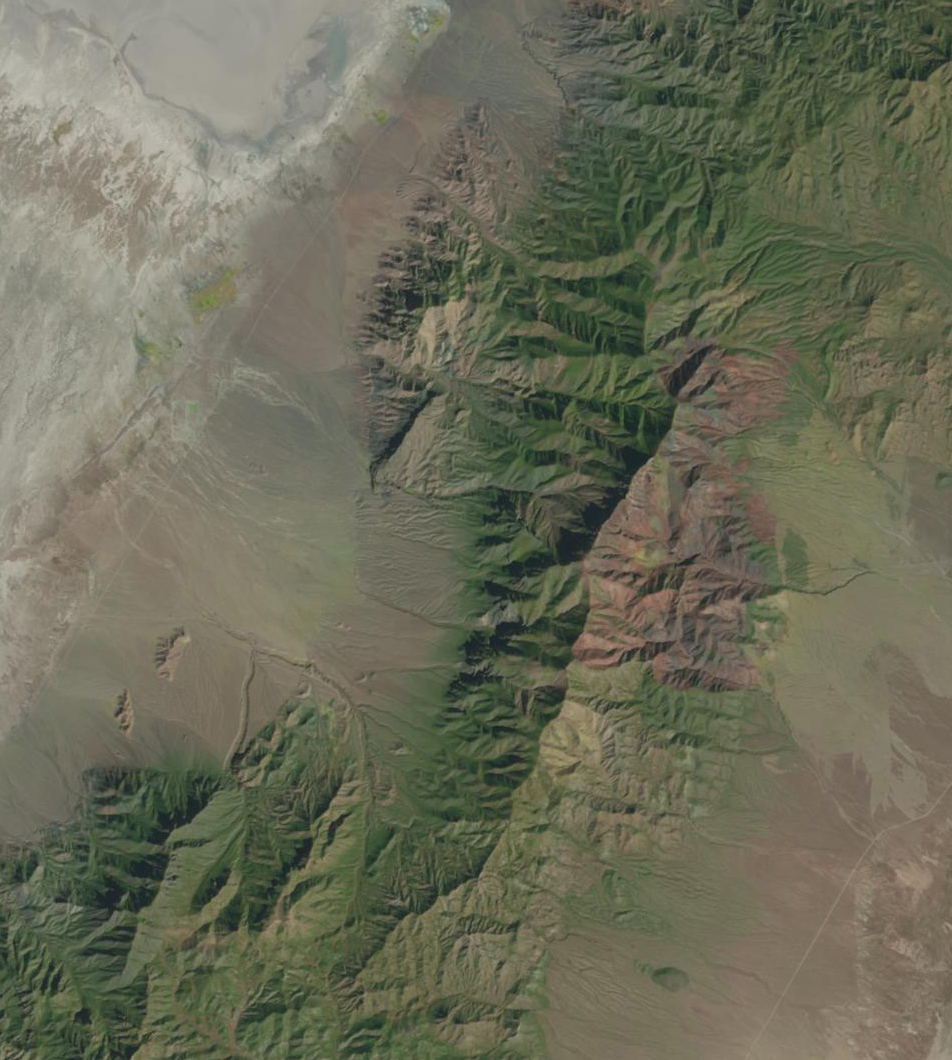
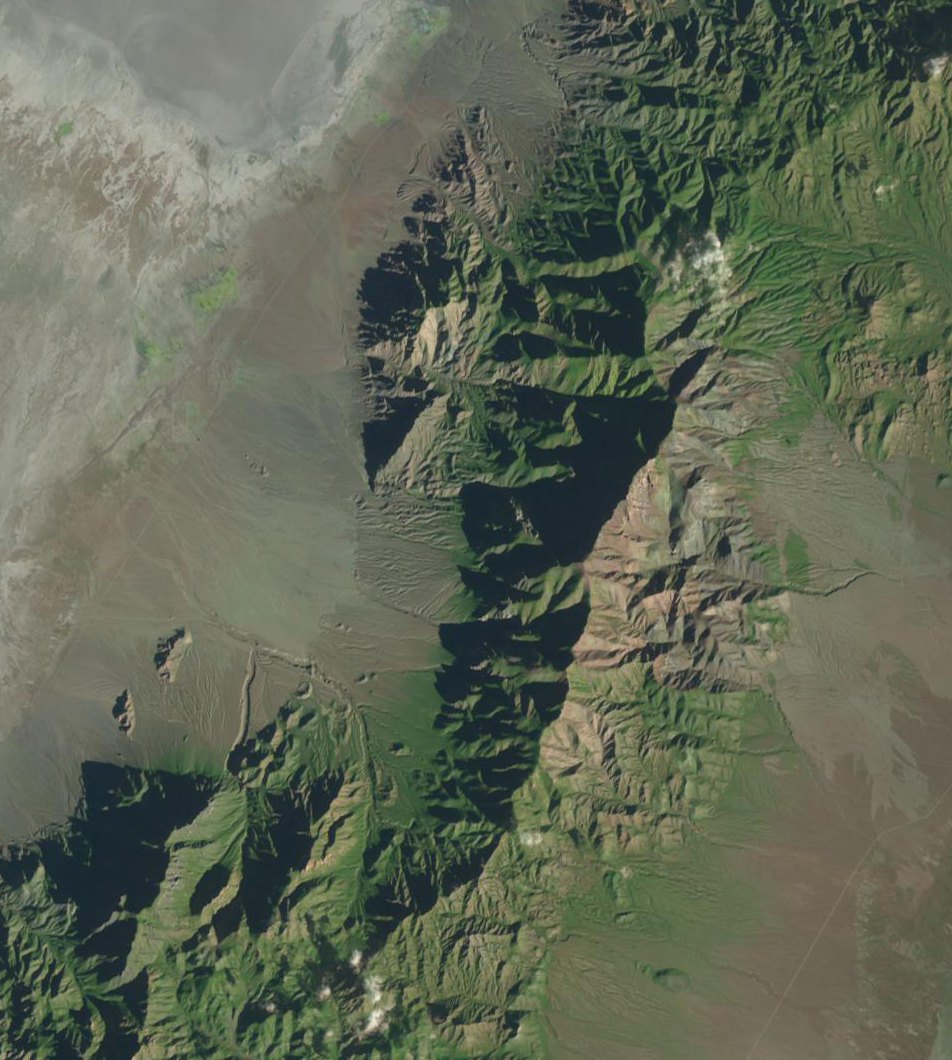
Terra Orbit Drift
Since that final inclination maneuver, Terra has continuously drifted to an earlier equatorial crossing time. By the Fall of 2022, Terra’s crossing time will be earlier than 10:15 am. To ensure Terra, with limited fuel supplies, is a safe distance from other missions in the Earth Observing Satellite constellation orbit, Terra will be lowered to a new orbit, where it will be able to collect valuable data at an even earlier crossing time.
As Terra’s crossing time creeps earlier, small changes will be noticeable in the data and imagery collected by the instruments aboard Terra. Evidence in imagery of the earlier crossing time will be visible as longer shadows, especially in mountain landscapes. Meanwhile as Terra moves closer to Earth, the sensors’ views will become narrower leading to slightly smaller swath widths (less than 1% smaller). The effect will be most noticeable in ASTER imagery, but each of Terra’s sensors will be affected. However, the impact on science is expected to be minimal. In fact, some impacts could prove beneficial to some areas of research, like land morphology, surface temperature, and climate research.
Terra’s lengthy legacy of more than two decades of data will continue to contribute to meaningful research of Earth’s Systems science for years to come.








Used Elsewhere In
Visualization Credits
Kel Elkins (USRA): Lead Visualizer
Tassia Owen (GST): Lead Producer
Elizabeth C. Wilk (KBR Wyle Services, LLC): Producer
Lahouari Bounoua (NASA/GSFC): Scientist
Robert E Wolfe (NASA): Scientist
Kurtis Thome (NASA): Scientist
Dimitrios Mantziaras (NASA): Engineer
Jason Hendrickson (KBRwyle): Engineer
Tassia Owen (GST): Lead Producer
Elizabeth C. Wilk (KBR Wyle Services, LLC): Producer
Lahouari Bounoua (NASA/GSFC): Scientist
Robert E Wolfe (NASA): Scientist
Kurtis Thome (NASA): Scientist
Dimitrios Mantziaras (NASA): Engineer
Jason Hendrickson (KBRwyle): Engineer
Please give credit for this item to:
NASA's Scientific Visualization Studio
NASA's Scientific Visualization Studio
Short URL to share this page:
https://svs.gsfc.nasa.gov/4938
Data Used:
Note: While we identify the data sets used in these visualizations, we do not store any further details nor the data sets themselves on our site.
Keywords:
SVS >> Satellite
SVS >> Orbit
SVS >> Terra
NASA Science >> Earth
https://svs.gsfc.nasa.gov/4938
Data Used:
EO-1/ALI/True Color
also referred to as: GSFC Flight Dynamics Facility Ephemeris
Ephemeris - GSFC/FDFKeywords:
SVS >> Satellite
SVS >> Orbit
SVS >> Terra
NASA Science >> Earth
